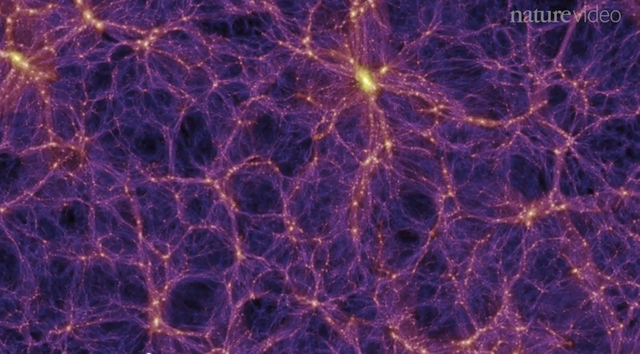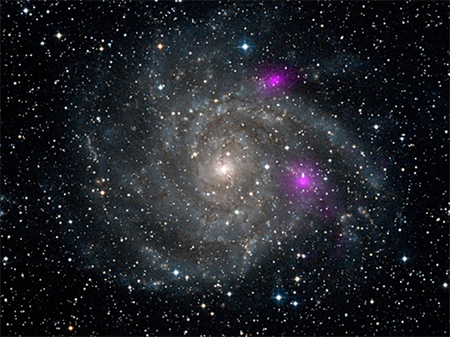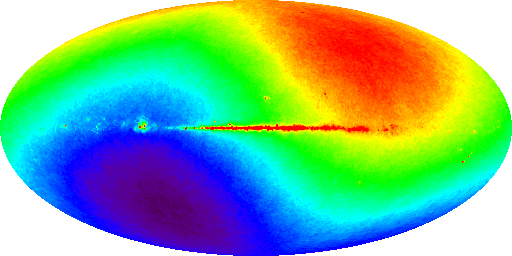Nature and Structure of the Universe
Nature and Structure of the Universe

Image Source(direct link to img)
The entire history of humanity is debating on the nature and structure of the universe. Prior to the progression of scientific strategy, our comprehension of the universe was somewhat primitive and in light of engaging elucidation of regular daily existence experiences. The human natural surroundings was placed at the focal point of the universe. With the progress of science, our comprehension of the Universe was altered commonly. Ancient Greeks as of now reasoned that the Earth was not level but rather more like a ball.
As indicated by the theory created by Ptolemy, and received by christian church amid the middle ages, it was in the focal point of The universe with the moon, the sun, and different planets rotating around it. Stars were found farther and settled to the celestial sphere. Just in 16th century, because of the endeavors of Copernicus, an alternate other thought, likewise started in ancient Greece, started gradually to assume control. Presently, the sun was in the middle and the earth and different planets were orbiting it.
Stars were as yet appended to the celestial sphere and were considered as things altogether different from the sun and the planets. Newtonian mechanics and his theory of gravity gave a phenomenal mathematical portrayal of the planetary motion and established a strong framework to the Copernicus universe. After the innovation of optical telescopes, it gradually turned out to be evident that the stars are objects like our Sun, however found extremely far away. This disclosure had totally dismissed the anthropocentric view of the universe.


Image Source(direct link to img)
Stars are not consistently scattered in space. Regularly they come in clusters. These star clusters are hold together by the power of gravitational attraction, they are gravitationally bound systems. On the sky the stars and stellar clusters think towards the milky way, recommending that there exist a bigger stellar structure as a disk, and that the Sun is close to the disk plane. This structure was called the galaxy and for some time it was accepted to be the whole universe, encompassed by exhaust space.
At that point came the acknowledgment that numerous diffusive objects on the sky were in reality correspondingly extensive collections of stars outside of the galaxy. These galaxies come in various shapes and sizes, and our galaxy is a fairly normal delegate. It contains around one hundred billions of stars. Galaxies are likewise gravitationally bound systems. The complex various leveled association of the universe does not stop at galaxies, galaxies themselves consolidate both into small gatherings with just couple of members and in extensive clusters which may contain tens of thousands of members.
These clusters are the biggest gravitationally bound systems in the universe. Notwithstanding, they are as yet not consistently conveyed in space but rather assembled into super-clusters, joined by filaments and walls of galaxies. The outcome is a froth like structure with huge voids. On the background of all this unmistakable structure we something like a misty screen at the temperature of 2:7K. This is the boundary of unmistakable universe. It produces thermal electromagnetic emission, a large portion of it as microwaves.
This emission is surprisingly the same every which way on the sky, it displays just really little changes which couldn't be identified just until as of late. This emission is called the Cosmic Microwave Background (CMB).


Image Source(direct link to img)
Cosmic Microwave Background is a type of radiation, a black out gleam of light that fills the universe, falling on earth from each course with about uniform intensity. It is the lifetime heat of creation flowing through space since the beginning of time like the heat from a warmed rock, reradiated around evening time. It is the oldest light we can see, the most distant back both in time and space that we can look.
This light set out on its adventure more than 14 billion years back, some time before the earth or even our galaxy existed. It is a relic of the universe's infancy, a time when it was not the chilly dull place it is presently, but rather was rather a firestorm of radiation and rudimentary particles. The well-known objects that encompass us today, stars, planets, galaxies and so forth, eventually combine from these particles as the universe extended and cooled.
The most advantageous unit of length for the Solar system is the astronomical unit (AU), this is the mean radius of the Earth's orbit. The traditional unit of stellar astronomy is parsec, this the separation from which the angular size of the Earth's orbit is precisely one arcsecond. Other traditional units of stellar and extra-galactic astronomy are kiloparsec and megaparsec.

References:
https://en.wikipedia.org/wiki/Cosmic_microwave_background
http://astronomy.swin.edu.au/cosmos/C/Cosmic+Microwave+Background
http://www.astro.ucla.edu/~wright/CMB.html